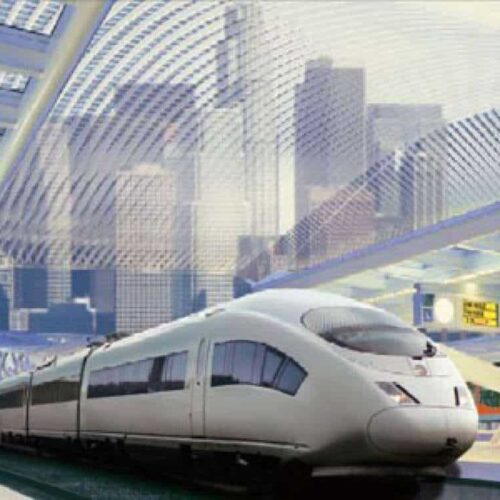Introduction
Terrorist plots against transit systems in the New York City and Washington demonstrate the threats faced by rail systems. Intelligence recovered from Osama bin Laden’s compound indicates that U.S. rail systems were a potential target, and earlier attacks on rail systems in London, Spain, Russia, and India demonstrate the need for heightened security.
The Transportation Security Administration oversees rail security but the agency has struggled to meet security guidelines required by the 9/11 Commission Act of 2007.
The Government Accountability Office found that some rail stakeholders do not receive security information from TSA and that less than half of public transit agencies, 34, had access to the Homeland Security Information Network (HISN). TSA relies on HISN to share security-related information with transportation officials. Nineteen transit agencies did not have HSIN access, 12 had never heard of it, and an additional 11 agencies did not know whether they had access to HSIN.
Rail security stakeholders from three of the seven Class I railroads—freight carriers with operating revenues of over $359 million—said information provided by TSA does not offer details that could help them develop or adjust their current counter-terrorism measures. Officials said they often receive the same information that TSA provides from the media or other sources before it is actually distributed from TSA.
“Opportunities exist to streamline security information for transit agencies, and preliminary results of ongoing work indicate that some freight rail agencies do not receive actionable information from TSA,” the GAO said.
Securing rail systems presents a number of challenges. The open architecture of rail systems makes it vulnerable to attack and multiple access points are difficult to secure. The high concentration of riders, costly infrastructure, economic and symbolic importance in major cities and tourist locations make trains an attractive target for terrorists.
Security cameras, handheld explosive trace detection systems and X-ray imaging offer potential security measures rail systems could employ. However, technologies are at varying levels of maturity and sometimes compromise mobility and privacy. Advanced Imaging Technologies (AIT) has the ability to detect hidden objects but they would require rail passengers to walk through the equipment, limiting ridership and increasing lines. AIT technologies also raise privacy concerns because they create images of individuals underneath their clothing.
FAST FACT: The Transportation Security Grant Program spent $13 million to help implement the “If You See Something, Say Something,” campaign on New York Metropolitan Transportation Authority.


Join the conversation
Show Comments